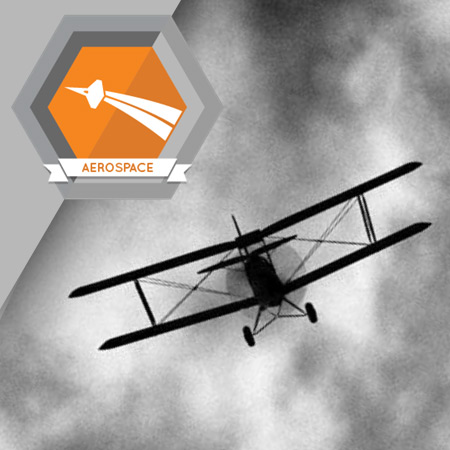
Learning Objectives
- Identify the key milestones in aviation history
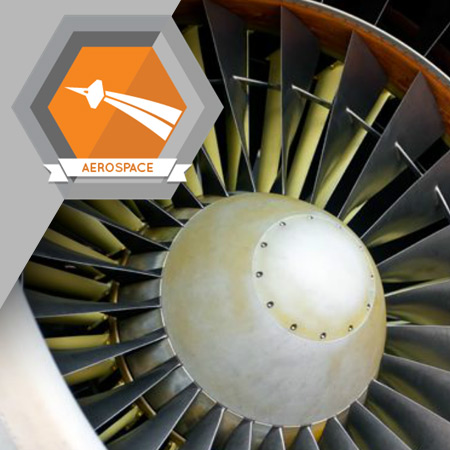
The airplane is a complex group of systems that work together to overcome the forces of nature and enable heavier-than-air flight. In this course, you will discover the major assemblies and their importance to the airplane.
Learning Objectives
- Identify
the primary assemblies of an airplane
- Identify the components of each of the primary assemblies
- Explain how the primary assemblies work together
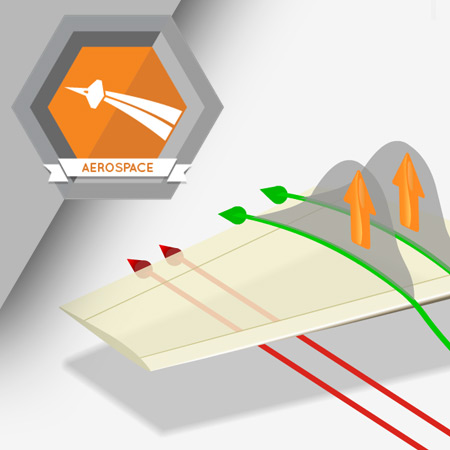
The principles of flight are based upon the fundamental laws of physics and nature. In this course, you will learn how these laws work with the design of an aircraft to enable flight.
Learning Objectives
- Identify the four forces that act upon an aircraft
- Explain the impact of atmospheric pressure on an airplane
- Explain the principles of lift
- Explain the function of an airfoil

Controlling an airplane takes more than mechanical control systems. It also requires design characteristics that ensure the airplane will be maneuverable and stable in flight. In this course, you will learn how the mechanical systems and the design of an airplane impact its flight characteristics.
Learning Objectives
- Identify the three axes of control
- Explain the center of gravity of an airplane
- Identify the control systems of an airplane
- Identify the nine types of stability

Aircraft are manufactured in many shapes, sizes, and configurations. In this course, you will learn how to identify airplanes based on their unique configuration.
Learning Objectives
- Identify airplanes based on their commercial purpose
- Identify airplanes based on their wing location
- Identify airplanes based on their tail configuration
- Identify airplanes based on their engine type and location
- Explain the advantages of each configuration
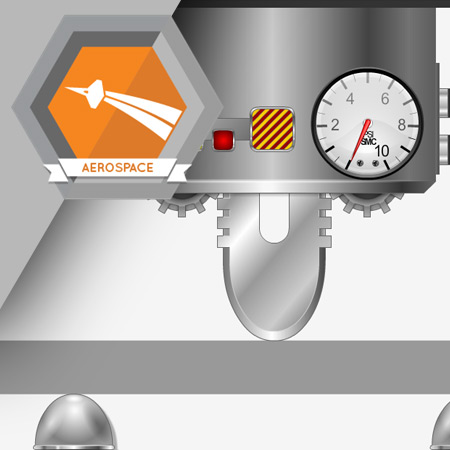
The materials used in aircraft construction are carefully selected based upon their strength, weight, and physical properties. Choosing the correct materials ensures that an aircraft will safely perform as designed. In this course, you will learn the different types of materials that are used in aircraft construction.
Learning Objectives
- Identify the types of materials used in aircraft construction
- Identify the properties of each material
- Understand the process of selecting the proper materials
- Explain the strengths and weaknesses of each type of material
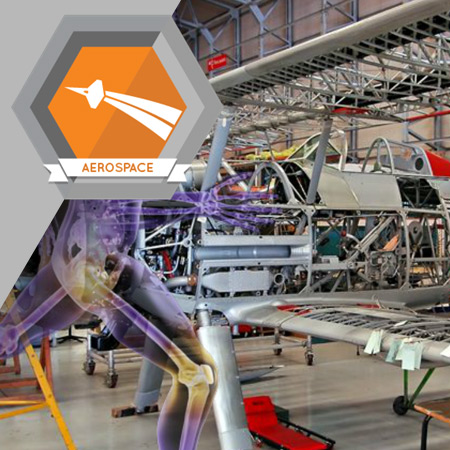
Airplanes are constructed in a variety of ways. Each unique method is a tribute to the skills of airplane designers, engineers, and production teams. In this course, you will learn the methods that are used to construct airplanes.
Learning Objectives
- Identify the major types of aircraft construction
- Identify the components of an airframe
- Identify the construction methods used in aircraft manufacturing
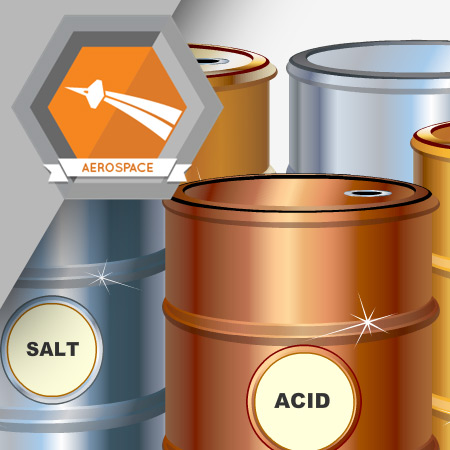
Corrosion is a natural phenomenon which attacks metals and converts them into metallic compounds like oxides, hydroxides, or sulfates. In this course, you will learn about corrosion and the impact it can have on aircraft components.
Learning Objectives
- Define corrosion
- Explain the corrosion process
- Identify the conditions that must exist for corrosion to occur
- Recognize different types of corrosion
- Identify common corrosive agents
- Identify metals that are subject to corrosion
- Identify preventative measures for corrosion
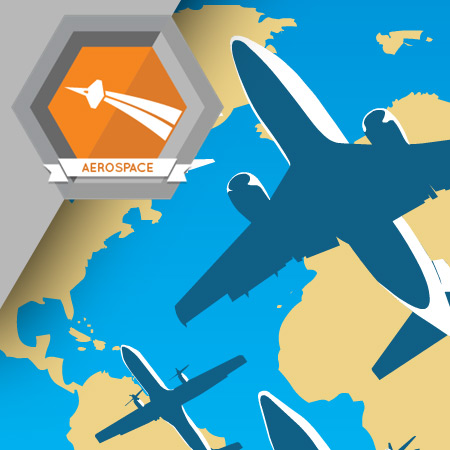
In the aviation industry, regulations control airplane design, airline flights, and govern everyone involved in flying. Regulations promote safe aviation and are serious matters that can never be ignored. In this course, you will learn the purpose and importance of regulations in the aviation industry.
Learning Objectives
- Define the purpose of regulations
- Identify why aviation is regulated
- Recognize different regulatory bodies and their roles in aviation
- Identify the culture and behavior of regulation
- Define the purpose of inspection in the aviation industry
- Identify customer expectations
